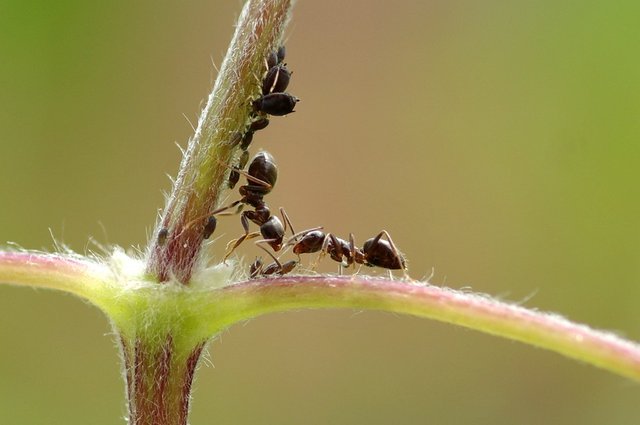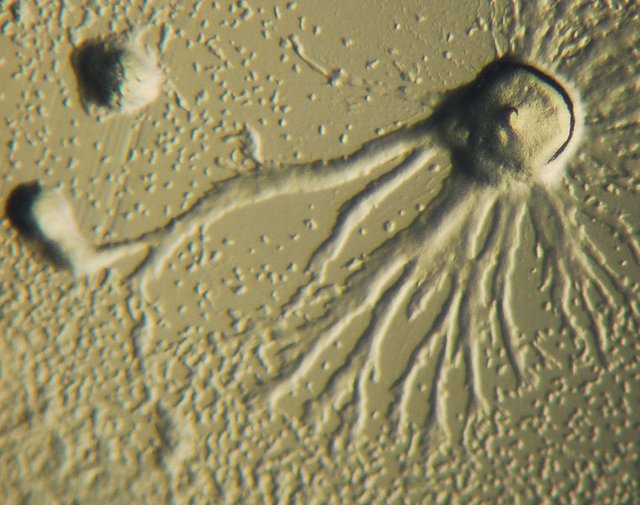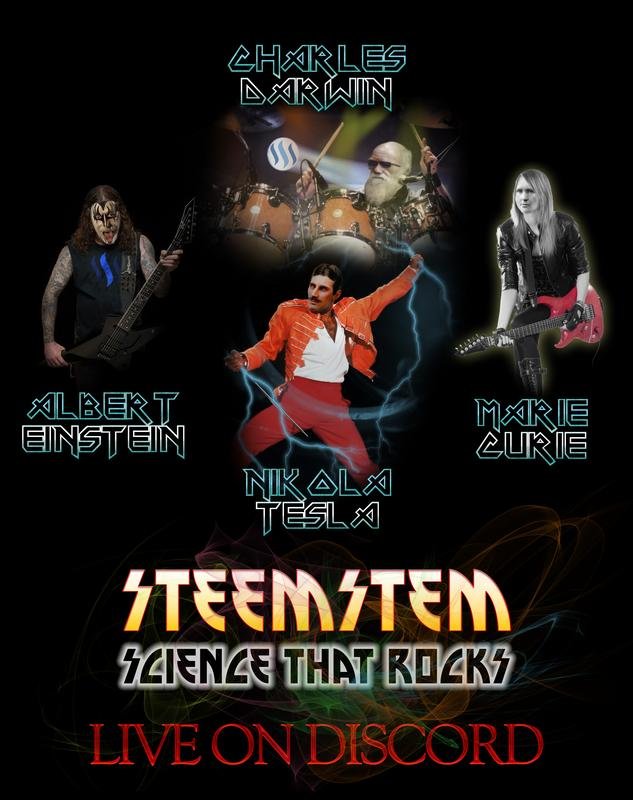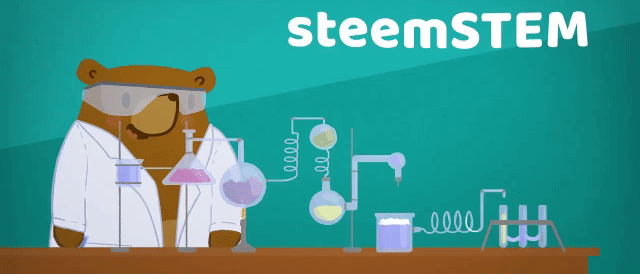The under-appreciated intelligence in nature
Intelligence in Nature
Because we are complex organisms, gifted with a superior intellect, we should be able to appreciate intelligence when we see it, and smart forms of life are all around us.
Even unicellular organisms like E.Coli bacteria, that we don’t consider terribly complex, can display interesting behaviors. For example, they are equipped with sensory molecules on their outer membrane, that enable them to sense and “taste” edible chemicals in the surroundings. By using some small tendrils that we call flagella, E.Coli are even able to swim towards these chemicals. These are unicellular forms of life that we don’t consider particularly “smart”, yet they are capable of seeking nutrients in their environment.

Image CC0 Creative Commons - Source
There are also more elegant forms of intelligence in nature, some even fascinated the famous code-breaker Alan Turing. In fact, he even wrote a paper where he used mathematical tools to demonstrate how complex organisms could arise from simple entities without an overarching master planner calling the shots (Turing 1952). We call this phenomenon “emergence” which describes the formation of intelligent bottom-up systems, originated by the assembly of relatively “stupid” elements.
 Image CC0 Creative Commons - [Source](https://pixabay.com/en/personal-collective-hexagon-group-3285993/)
Image CC0 Creative Commons - [Source](https://pixabay.com/en/personal-collective-hexagon-group-3285993/)

Image CC0 Creative Commons - Source

Image in the public domain- Source
So to recap, what is emergence? This is a bottom-up system that results from the grouping of simple elements that work together to fulfil tasks that are beyond the sum of the individual capabilities. To be able to form a “smart” system there are mainly 2 requirements: the elements should differentiate from one another (they have to be able to perform different tasks) and there must be integration among the elements (they must communicate with one another). There is so much more to say about this topic, if I see enough interest I might make more posts about it.
Thank you @elvisxx71
I wanted to end this post by thanking @elvisxx71 for making this banner for steemstem, to thank him, on the top of the commission I promised him I will also give him 50% of the SBD generated by this post, if you want to thank him, give it an upvote.

Created by @elvisxx71
References
Keller, E F, and L A Segel. 1970. “Initiation of Slime Mold Aggregation Viewed as an Instability.” Journal of theoretical biology 26(3): 399–415. http://www.ncbi.nlm.nih.gov/pubmed/5462335.
Turing, A. M. 1952. “The Chemical Basis of Morphogenesis.” Philosophical Transactions of the Royal Society B: Biological Sciences 237(641): 37–72. http://rstb.royalsocietypublishing.org/cgi/doi/10.1098/rstb.1952.0012.
Other Minds: The Octopus, the Sea, and the Deep Origins of Consciousness by Peter Godfrey-Smith
Communities that support me are:

To join @steemstem you can go to this Discord serve

IMMAGINE CC0 CREATIVE COMMONS, si ringrazia @mrazura per il logo ITASTEM. Click here and vote for @davinci.witness

Powered by @steempostitalia
I have to say I admire ants and their collective behavior. I haven't recognized it as decentralized. Probably because one ant cannot survive on its own and I thought there must be a chain of command.
I like the band. Particularly Tesla in the middle :)
that's what makes them fascinating, there is not a leader that tells them what to do yet collectively they can perform incredible tasks. I loved Tesla too ;)
In Biomimicry, we call this type of intelligent behavior, "self-organizing". This is an important component of "integrate development with growth", which shows how nature invests in strategies that promote both development and growth. You can use examples of how slime mold and ants build from the bottom up to design company organizations, manufacturing production, and dissemination of services, to name a few. Learning from nature and putting it into our own creations is why I fell in love with Biomimicry in the first place!
Interesting. But human in his nature will rather introduce element of coercion into it
I hope not. There is some evidence that if a person is getting his/her needs met, then they will actually happily contribute to the process that is meeting those needs. For example, check out Morning Star, a multi-million dollar tomato company that has no managers. You can read here an in-depth article by "Harvard Business Review" about how their no-management style (which in Biomimicry would be "self-organizing") actually works. Pretty interesting!
thank you, I will check it out, it sounds like something @anarchyhasnogods may enjoy reading
If either of you read it, let me know your thoughts. It is a long article because it goes through all the nuances of what works and doesn't work. I have seen some examples of this in organizations, and it can most definitely work.
Thanks a bunch. I will bookmark it for reading in the nearest future
Short, concise and interesting. Are we sure there isn't a kind of primitive communication between ants?
Thank you, I am glad you liked it, for sure ants can communicate with one another!
Nature can be smart, but you have to know it!
It's pretty amazing, the various lessons we can learn via nature's tutelage, simply by just observing and monitoring living organisms. From the behaviours of micro-organisms, to the behaviour of larger living things like insects, we keep learning and getting inspired by them through science. Thanks for sharing this piece @aboutcoolscience. I completely fell for the title too - "the underappreciated intelligence in nature"...lolz. It couldn't have been titled any better.
This kind of intelligence is adapted into several computing models. The results are splendid.
There are really beautiful mechanisms in nature. Even when you take a look at organisms you consider unable of thinking...